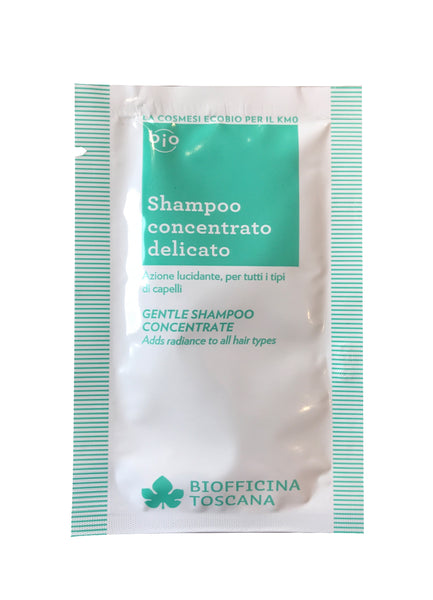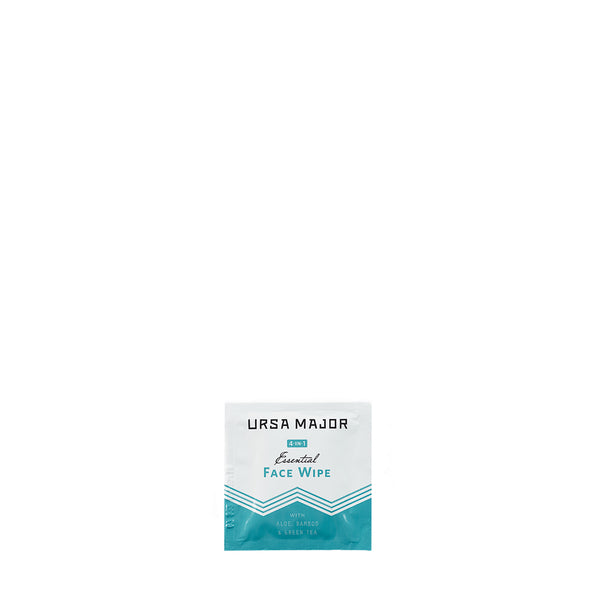Recent Articles
An interview with skincare therapist Kristina Holey
We’re huge fans of famed skin therapist Kristina Holey, whose forward-thinking treatments and collaboration with Marie Veronique have changed so many complexions for the better.
Dara caught up with Kristina recently to chat about rosacea, a source of frustration for so many people; as always, Kristina had an intriguing point of view about this skin condition that we wanted to share with you.
***
Dara: While rosacea is a complicated condition that can be linked to a variety of triggers, what typically causes the cases of rosacea that you’ve seen in your work?
KRISTINA: I would say most rosacea cases are sourced from some sort of imbalance in the gut – usually increased gut permeability or microbial dysbiosis. That, and blood deficiency. Wimpy blood and too much internal heat lead to a system that is working too hard.
And I think that is often because of issues with the gut: I see so many clients following "healthy" diets that are so malnourished. That, along with depletion from over-exercising, often seems to lead to rosacea type symptoms.
To simplify all this, I’d say that from what I observe, our diets, our preservatives, stress, our medications, our lifestyles, and ultimately the way we break down and process food are most frequently the actual trigger for rosacea.
Dara: Understanding that the best treatment approach varies from person to person, what are some general pieces of advice that you can provide to those who want to treat it effectively at home?
KRISTINA: Well, first pay attention to triggers — what causes your face to flare.
Then avoid those triggers while paying attention to your belly and how it feels, and try to follow a diet that promotes feeling good with regular elimination. Eat well and strategically, and don’t eat the foods you know you shouldn’t (to simplify, don't eat packaged or preserved foods).
As you become more mindful and you have the hunch that something might be off (poor sleep quality, irregular menstrual cycles or cycles with symptoms, irregular digestion or symptoms, anxiety, low energy), then go see a MD: get some comprehensive blood work, have someone comb through it in detail, and go from there.
Topically, stop trying to control it with immunosuppressants and antimicrobials, and instead work to create a strong ecosystem so the body can step in and skin can find balance. Avoid topical aggressors like fragrance, strong preservatives, exfoliants, acids, etc. and instead use healthy ingredients that are found naturally in healthy skin.
And lastly, try to be patient. Real healing takes time, but is always worth it.
***
Want more advice from Kristina? As she mentioned to us in this post on our blog, she believes that strategic at-home skincare always has been and always will be much more important than in-person treatments. Comforting words, and Kristina’s tips on massage and masking from that conversation can help you bring some of the facial experience home.
And check out what she has to say here on pairing topical skincare solutions with ingestible treatments — specifically, the wonderful herbal tinctures prepared by Dr. Anna Gold.
Finally, for another perspective on rosacea from one of our favorite dermatologists, check out our interview with Dr. Elizabeth Hale here.
Any topic discussed in this article is not intended as medical advice. If you have a medical concern, please check with your doctor.



















